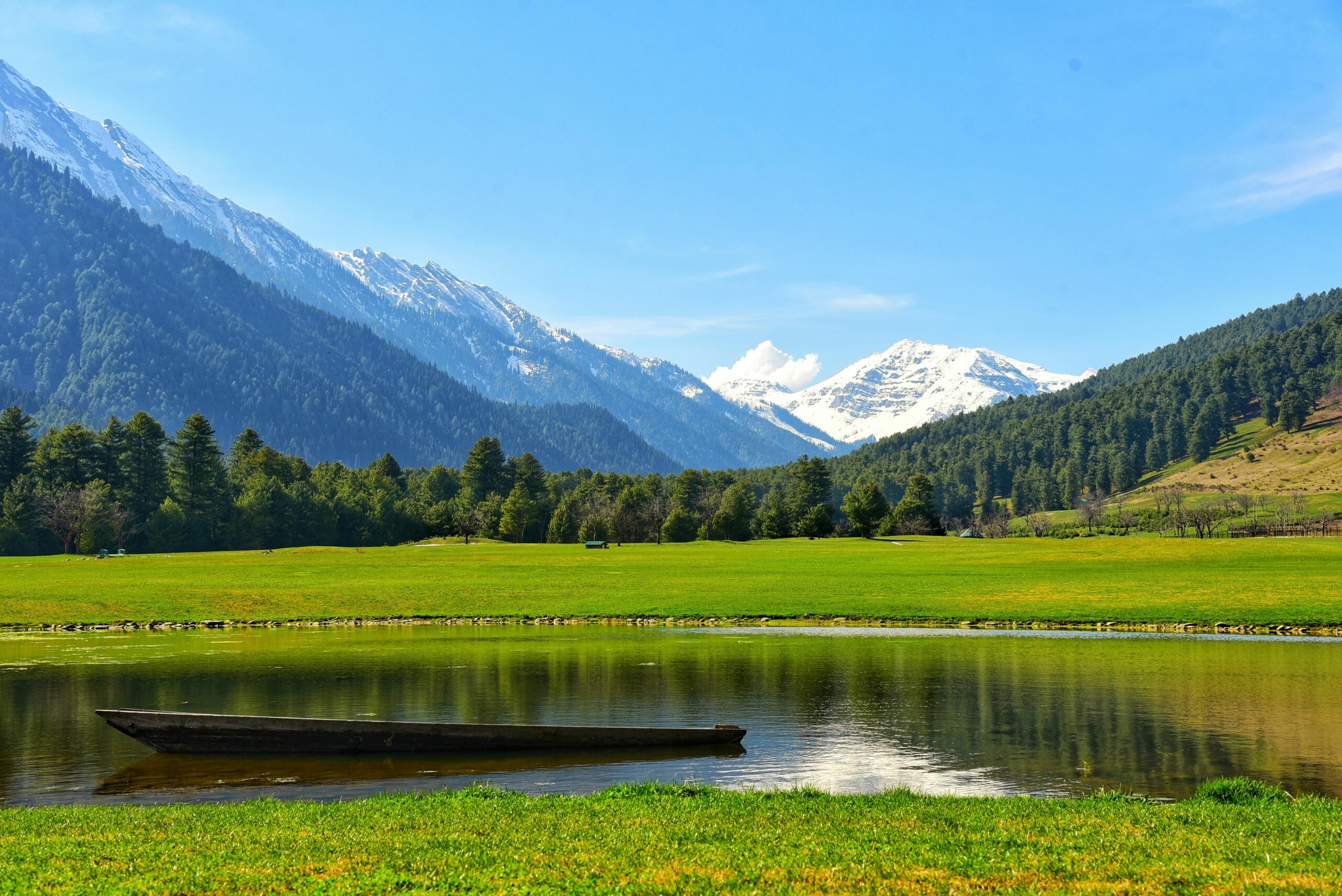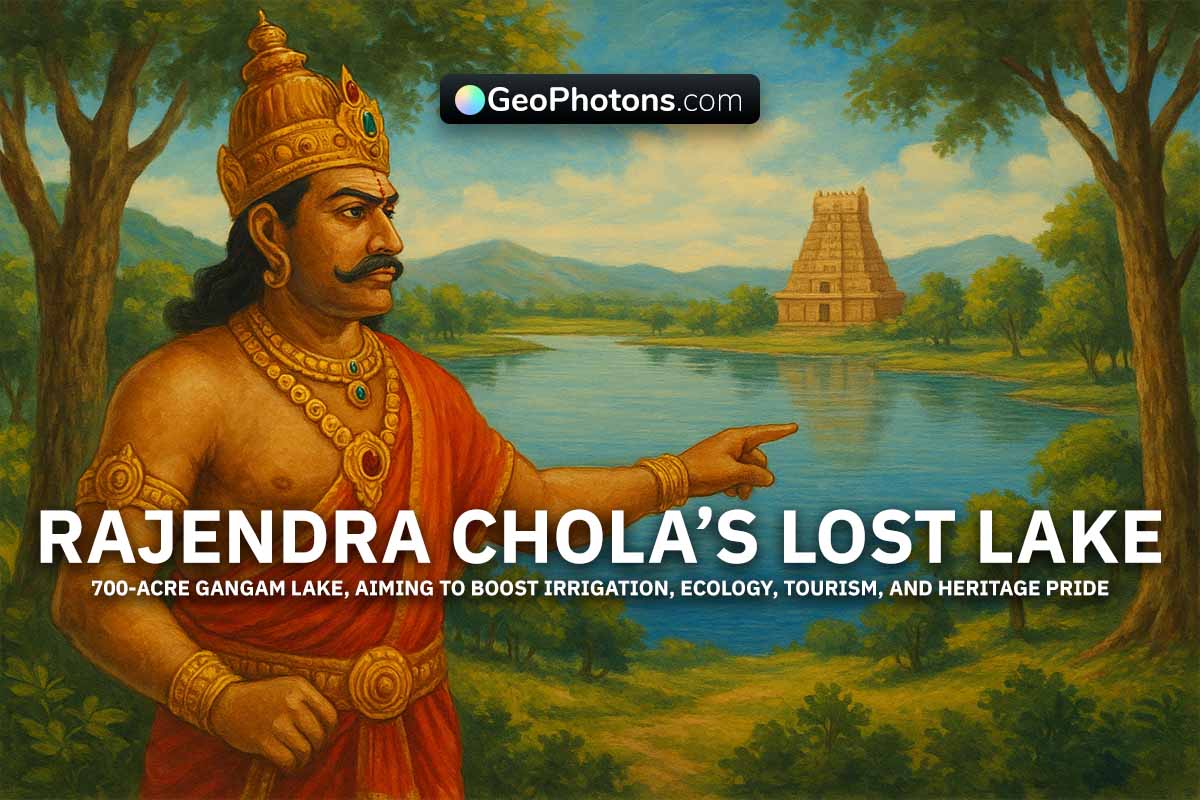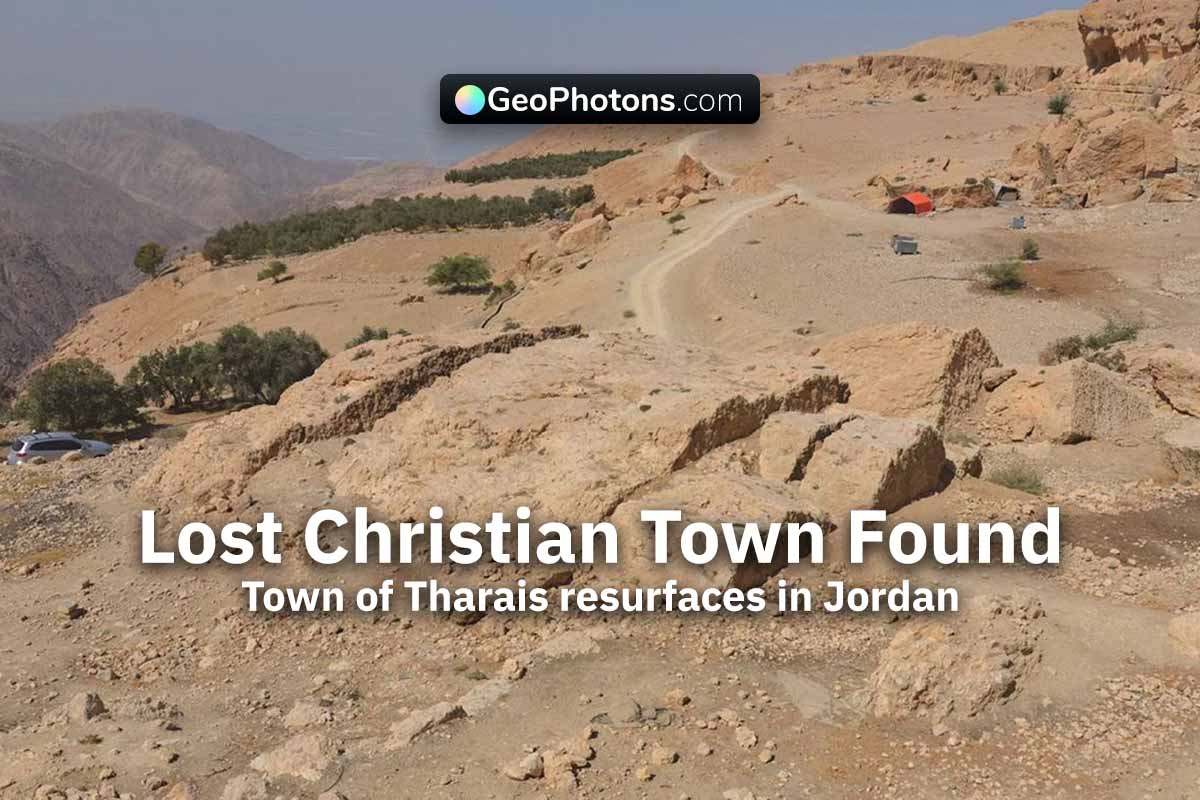Fascinating History of Pahalgam
Fascinating History of Pahalgam, a town in Jammu and Kashmir, India, has a rich history as a trading hub, religious site, and tourist destination. The town’s past connects deeply with culture and nature.
1. What makes Pahalgam a historical trading center?
Historically, Pahalgam played a critical role as a trade route connecting Kashmir with other regions. It was a hub for goods traveling through the ancient Silk Road. Traders, pilgrims, and even royalty passed through Pahalgam for centuries. The town’s strategic location allowed it to thrive as a commercial center, with commodities such as spices, wool, and dried fruits moving in and out. This trade helped shape the economic landscape of the region and facilitated cultural exchange.
2. Why is Pahalgam significant for religious pilgrimages?
Pahalgam’s prominence rose as a base for the annual Amarnath Yatra, a sacred Hindu pilgrimage to the Amarnath Cave, which is believed to house a natural ice Shiva Lingam. Historically, Pahalgam served as the entry point for pilgrims journeying to the cave, a distance of 40 kilometers. Its spiritual significance grew over time, making it a major religious center in Jammu and Kashmir. The town has witnessed millions of pilgrims pass through, further embedding it in religious traditions.
3. How did Pahalgam develop during the Mughal era?
During the Mughal era, Pahalgam became an important part of the Kashmir Valley’s cultural fabric. The Mughals, known for their love of nature, are believed to have appreciated the town’s serene landscape. Mughal emperors visited the region for its beauty and cooler climate, which was a welcome retreat during the warmer months. This era also marked the beginning of infrastructural development in the area, with gardens and pathways designed for leisure.
Quick Fact Box:
Location: Jammu and Kashmir, India
Population: Approximately 10,000
Famous For: Amarnath Yatra, Scenic Beauty, Natural Retreats
Altitude: 2,740 meters (8,990 feet)
4. How did British colonial rule impact Pahalgam?
Under British rule, Pahalgam’s role as a tourist destination was solidified, particularly for European travelers. The cool, temperate climate attracted many British officials, who sought respite from the oppressive heat of the plains. The British constructed roads and infrastructure, boosting Pahalgam’s accessibility. The era also witnessed the establishment of guest houses and hotels, which encouraged tourism, making it a popular retreat. The British influence contributed to the modern development of the town while maintaining its natural allure.
5. What role does Pahalgam play in modern-day tourism?
Today, Pahalgam is a popular tourist destination, drawing visitors for its natural beauty and historical charm. The town’s serene environment, nestled in the Himalayan foothills, attracts tourists for activities like trekking, fishing, and horse riding. As the gateway to the Amarnath Yatra, Pahalgam sees a huge influx of pilgrims each year, contributing to the local economy. It has become a hub for both nature lovers and religious tourists, enhancing the town’s prominence on the tourism map.
6. What key historical figures influenced Pahalgam’s development?
Key figures in Pahalgam’s history include Mughal emperors, British colonialists, and regional leaders who helped shape the town’s infrastructure. The influence of these rulers contributed to the development of the region, with figures such as Emperor Jahangir believed to have been particularly fond of Pahalgam’s beauty. Their patronage attracted further settlers and travelers, enhancing the town’s reputation as a retreat. Additionally, local chieftains and religious leaders also contributed to its development, particularly in managing pilgrimage routes.
7. What cultural impact did Pahalgam have in Kashmir’s history?
Pahalgam has been a melting pot of cultures throughout history, especially due to its location on trade routes. This exchange of cultures has enriched the town’s traditions, making it a hub for Kashmiri handicrafts, art, and music. The town’s diverse influences are visible in its architecture, cuisine, and festivals. The cultural richness also impacted the broader region, with Pahalgam contributing to the preservation of Kashmir’s unique cultural heritage through generations.
What makes this story a must-read?
Pahalgam’s history, from its role as a trade hub to a pilgrimage center, offers deep insights into the cultural, spiritual, and natural heritage of Jammu and Kashmir. Its story is a blend of historical events and modern developments, making it a must-read for anyone interested in the region’s unique legacy.
Share this content:














Post Comment